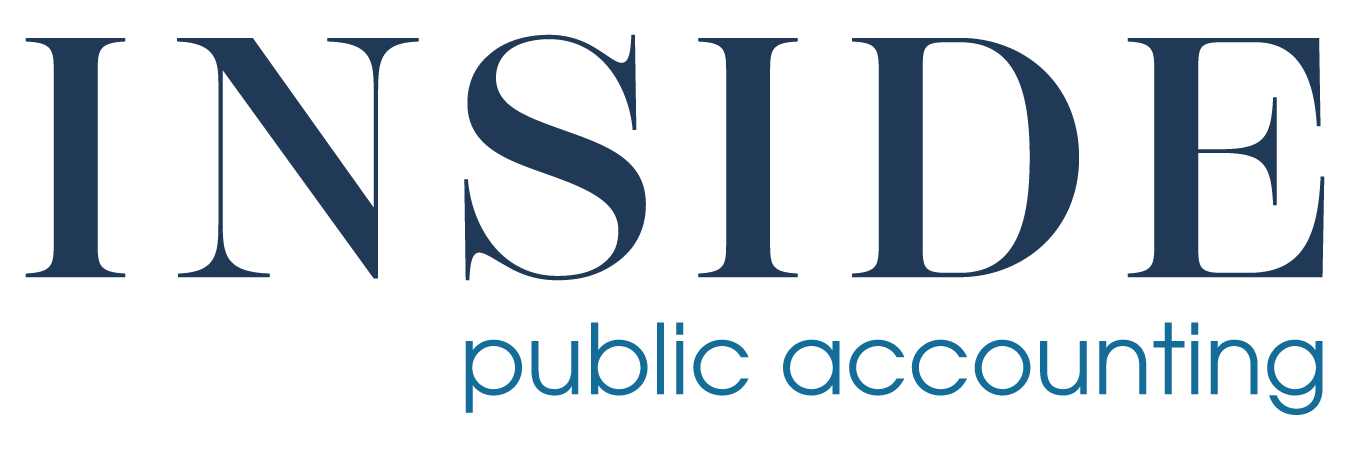Accounting firms need to analyze their staff responsibilities and work processes as the first steps toward creating a future-ready firm.
Paul Emery, co-founder and strategy leader for Makosi, called for a cohesive approach to people, processes and technology, which help firms build the capacity to quickly pivot as market forces changes while creating streamlined processes that enable professionals to do higher-level work. Emery spoke at a webinar Tuesday hosted by INSIDE Public Accounting and sponsored by Makosi, a consulting and talent acquisition firm with 140+ clients in about 19 countries.
People issues can be settled first through a comprehensive look at skills within the firm and getting the right people in the right seats, so to speak. Emery said, “What should an audit senior be doing? What should a manager be doing? Where should they be spending 80% of their time? What should partners be working on?”
“Define that, and then try and track it, and you don’t need to do it for a whole year. You can just do it for the upcoming busy season, and I think you’d be surprised by the results.”
The labor shortage is the overriding obstacle impacting the entire profession, but Emery sees additional problems to overcome. Focusing on audit practices, he observes that first- and second-year professionals are getting promoted a lot sooner than previously, perhaps too soon, because of the lack of capacity at higher levels. Emery said he speaks to newly promoted partners about business development and how they can develop the firm, but, “A lot of them don’t have the time or the capacity or the resources to really spend much time answering those questions, and so you have this kind of concertina effect as it relates to people.”
A staffing analysis should be followed by the same type of examination of processes to determine which steps are repeatable, high-volume tasks that are prime candidates for automation. Take employee benefit plan audits as one example. Emery said Makosi’s platform is on the cusp of reducing the time taken to complete those audits by 60%. Cash reconciliation is another area to gain efficiencies.
Firms are also inefficient when it comes to deploying their auditors – some have down time while waiting for client information, for example. Makosi built a digital tool that flags when staff have the time to help other team members relieve bottlenecks. “We’ve seen utilization just go through the roof by using this tool. It’s created a lot more efficiency. We’ve seen higher Net Promoter Scores from end clients because of this, because they’re getting that turnaround time instead of waiting because of these bottlenecks that are arising.”
Some of Makosi’s technology advancements have been discovered through hackathons with larger clients. “We see brilliance in every firm that we work with. There is there is no shortage of that. That is not the issue here. I think that it’s about creating those structures so people can excel.”
Emery also urged attendees to think about a loftier goal. “We have a deep belief here at Makosi that public accounting industry can actually be one of the biggest forces for good in the world,” he says, and 83% of the audience polled at the webinar agreed.
Emery envisions the profession someday aggregating vast amounts of data to identify trends. He added that the idea of democratizing data can offer younger generations the opportunity to sign on to a bigger, more inspiring vision than working on audits or tax returns every day. “There’s a beauty in the fact that nearly every company in their life cycle will touch a public accounting firm at some point.”
